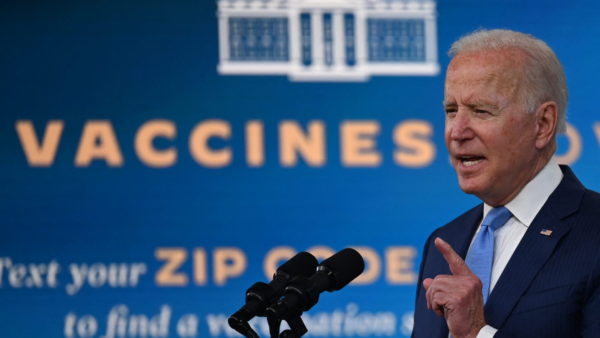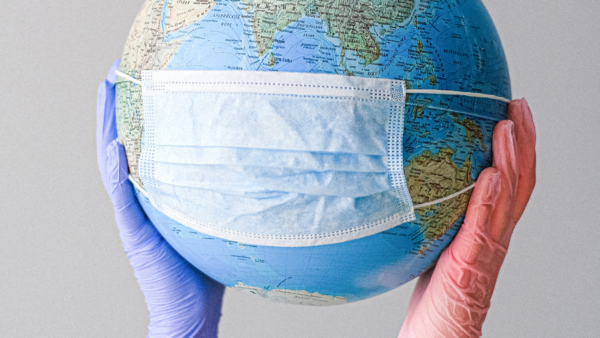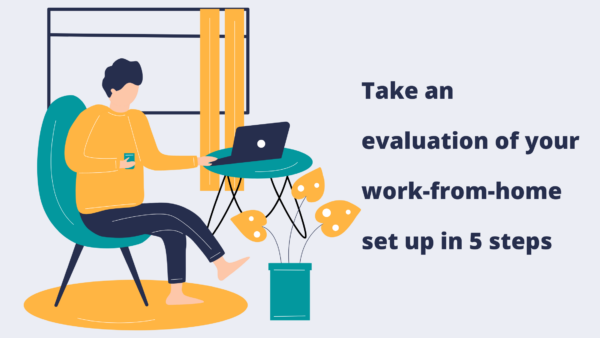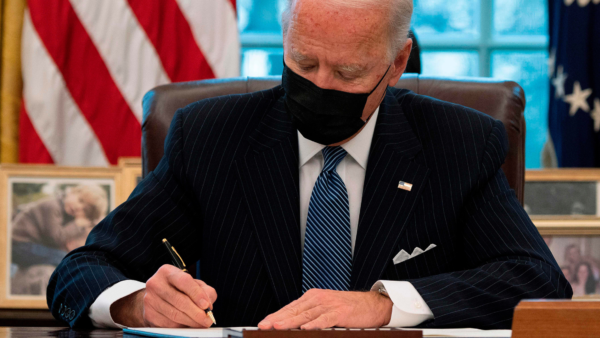
So, is OSHA’s COVID-19 Emergency Temporary Standard going to go into effect or not?
Read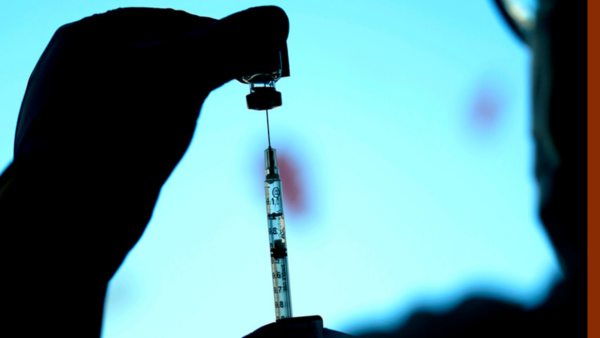
Federal court temporarily blocks Biden’s COVID-19 vaccine-or-test mandate: Now what?
Read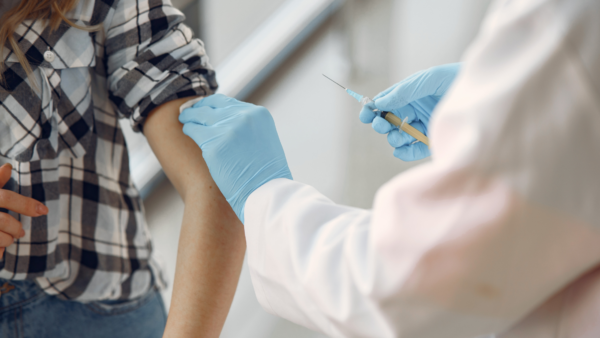
Businesses have until after the holidays to implement the COVID vaccine-or-test mandate
Read